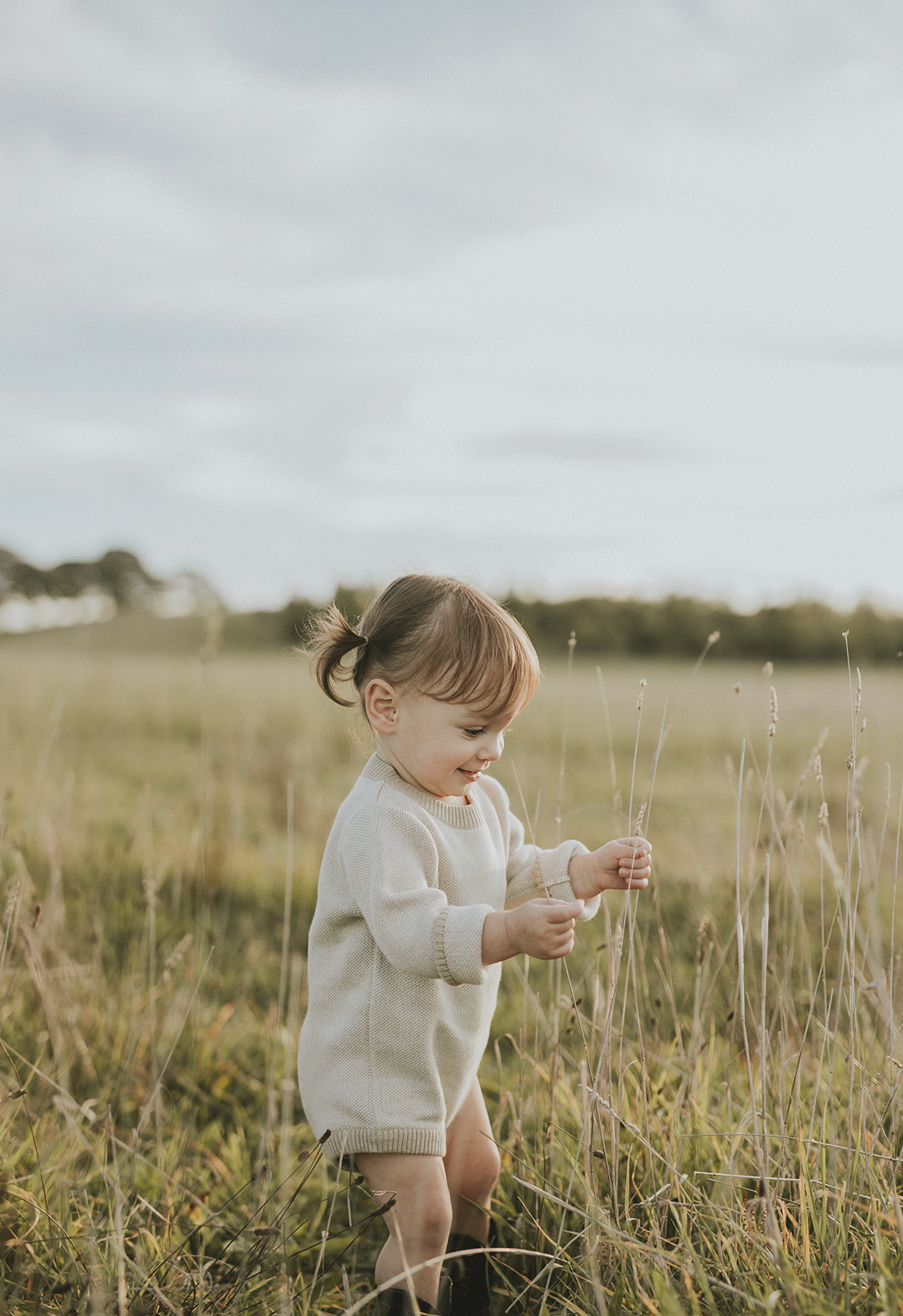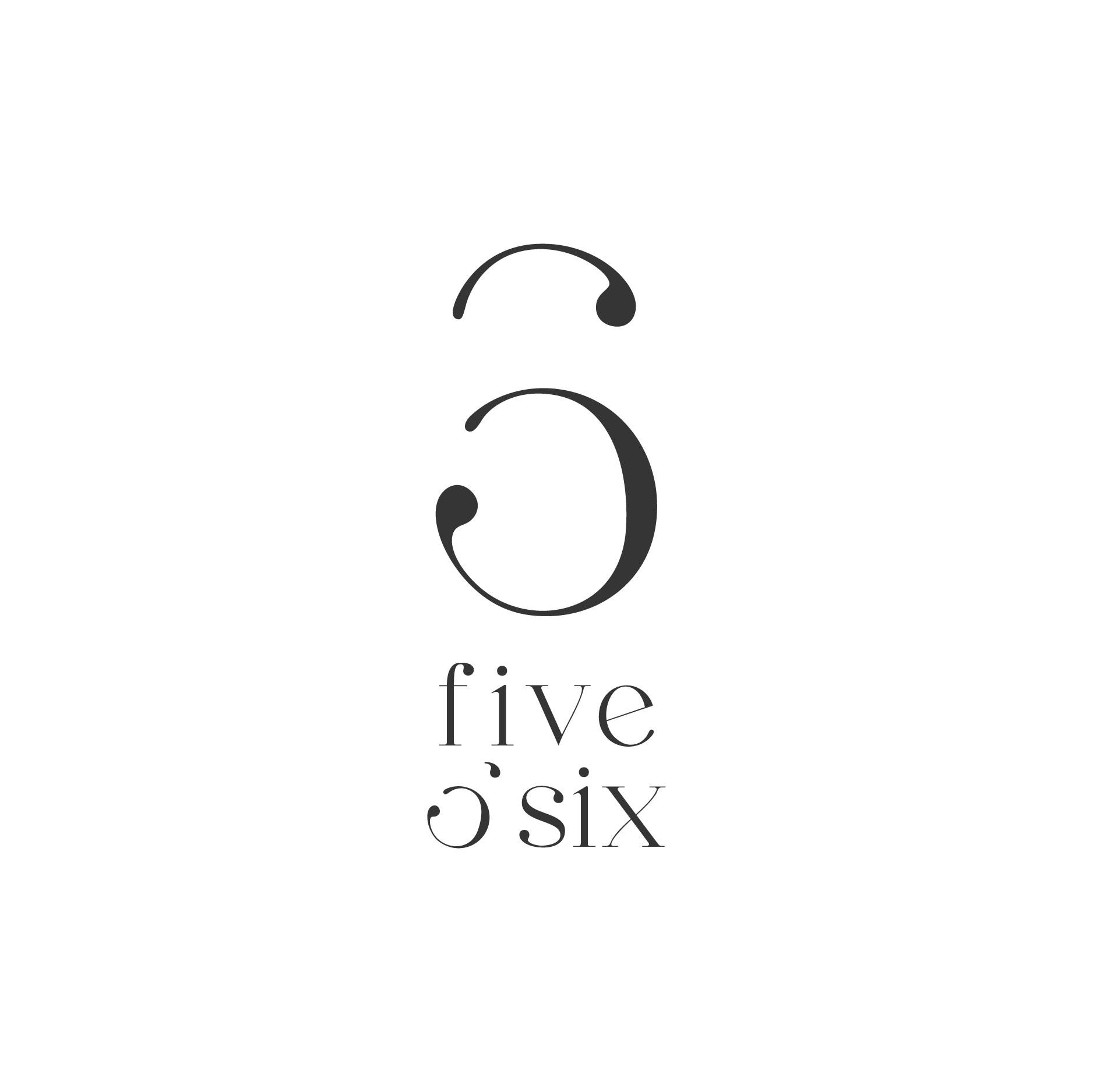Article: How to Build a Minimalist Baby Wardrobe: Sustainable Tips for Conscious Parents

How to Build a Minimalist Baby Wardrobe: Sustainable Tips for Conscious Parents
Less is More: The Beauty of a Minimalist Baby Wardrobe
Babies grow fast—really fast. One minute they’re in newborn onesies, the next they’re crawling out of 6–12 month rompers. It’s easy to get overwhelmed with piles of tiny clothes, many of which are only worn once (or never).
For conscious parents, building a minimalist baby wardrobe isn’t just about cutting clutter—it's about choosing intentionally, saving money, and reducing environmental impact. Here's how to build a simple, stylish, and sustainable wardrobe for your little one.
1. Start with a Core Capsule
Like adult capsule wardrobes, a baby’s wardrobe can be built around essential, mix-and-match pieces. Here’s a sustainable starter list:
- 5–7 bodysuits (short + long sleeve)
- 3–5 footed sleepers or rompers
- 2–3 pairs of soft leggings or pants
- 2 cardigans or jumpers
- 1–2 outerwear pieces (season-dependent)
- 3–5 pairs of socks or booties
- 2 hats (sun hat & beanie)
Opt for neutral or earthy tones to make everything interchangeable and gender-neutral for future siblings or hand-me-downs.
2. Choose Organic & Natural Fabrics
Babies have delicate skin, and synthetic fabrics can irritate or overheat. Look for:
- GOTS-certified organic cotton
- Bamboo blends
- Linen or hemp
These materials are breathable, biodegradable, and grown with less water and no harmful pesticides—good for baby and the planet.
3. Shop Sustainably
Support brands that value transparency, ethical labor, and eco-friendly production methods. Here’s what to look for:
- Certifications (GOTS, OEKO-TEX, Fair Trade)
- Small-batch or local production
- Plastic-free packaging
- Timeless, durable designs
Bonus Tip: Buy fewer high-quality pieces that last longer rather than cheap fast fashion that wears out quickly.
4. Size with Growth in Mind
Babies grow rapidly, but that doesn't mean you need an outfit for every stage. Choose stretchy, flexible fits or styles labeled for size ranges (e.g., 3–6 months instead of just 3 months). Many sustainable brands offer "grow-with-me" styles designed to adapt with your child’s growth.
5. Borrow, Swap, or Thrift
There’s no shame in secondhand! In fact, it’s one of the most sustainable options. Join local parent swap groups, browse online marketplaces, or host a clothing exchange. Borrowing special-occasion outfits (like for holidays or photos) avoids buying things you’ll use only once.
6. Wash Less, Care More
Laundry habits impact the longevity of baby clothes. Wash only when needed, use cold water, and choose eco-friendly detergents. Air dry whenever possible to save energy and extend the life of the fabric.
7. Plan for the Future
Think ahead: Will you want to reuse these pieces for future siblings? Pass them on to a friend? Resell or donate them? When you buy with longevity in mind, every piece can have a second (or third) life.
Final Thoughts: Simplify with Purpose
A minimalist baby wardrobe doesn’t mean sacrificing style or function—it means being thoughtful and intentional. When you buy less but better, you lighten your environmental impact and free up energy to focus on what really matters: your growing baby.
Explore our curated collection of timeless, sustainable baby essentials [here].
